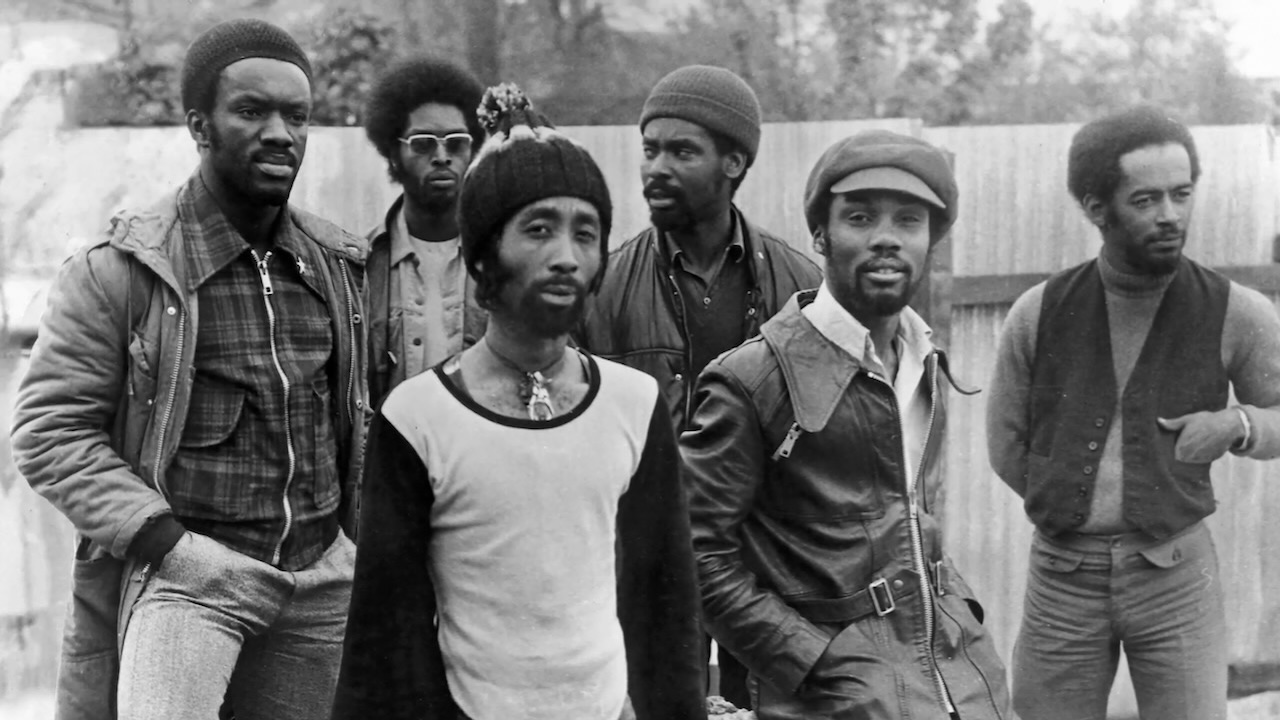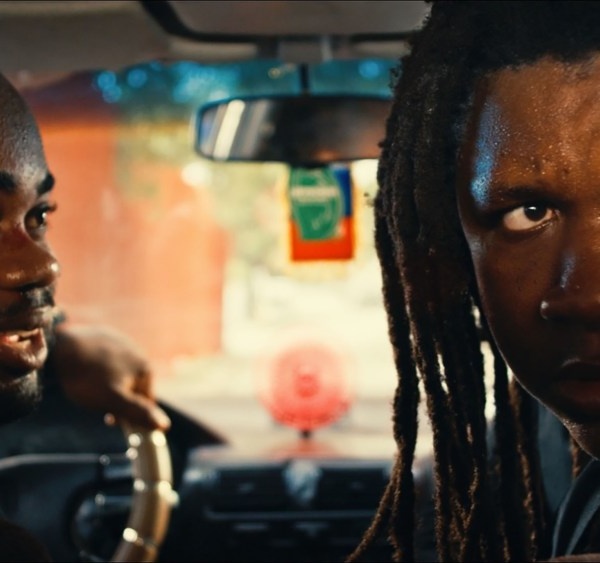One of the unexpected benefits of the streaming era documentary boom is that no musical subject is too niche for a feature-length production budget. Film festivals have become rife with music documentaries, and this year’s Sundance alone saw films about subjects ranging from Devo and Brian Eno to Luther Vandross, Lollapalooza, and the 1985 charity single “We Are the World.” And now we have a movie about Cymande, an obscure ‘70s soul funk band whose cult of devotees has gotten noticeably louder in recent years.
The official story on Cymande (a Calypso word, pronounced sih-MAHN-day) is pretty brief. They formed amid London’s West Indies immigrant community in the early 1970s, released three albums from 1972–1974, came to America (where they opened for Al Green and Jerry Butler), and then called it quits when they couldn’t break through to significant media attention or radio play. But Cymande’s music found a second life when their records became critically important to the creation of hip hop, with several prominent Bronx DJs finding particular inspiration in songs like “Bra,” “Brothers on the Side,” and “The Message.”
“Getting It Back: The Story of Cymande” theoretically attempts to tell both halves of that story, but it takes a pretty clear stance on which half the filmmakers find more interesting. The film kicks off compellingly enough, as Mark Ronson and My Morning Jacket frontman Jim James regale us with the stories of how they discovered Cymande — and had their worlds rocked as a result. Then we go back to early-‘70s London, and get some brief context on the racism and ostracism faced by immigrants of African and Caribbean descent at the time, which sets up the formation of the band. And that’s where we get to the meat of the story, right?
Apparently not. Cymande first enters a recording studio exactly 20 minutes into “Getting It Back,” and then the band breaks up a little shy of eight minutes later. That means Cymande’s entire recording career is given just eight minutes of screen time in a 90-minute documentary about them. The subsequent hour is spent learning about how critical Cymande was to the creation of hip hop, and how people are still discovering their music in the streaming era.
Some of these sequences are great, particularly the ones that focus on hip hop greats like De La Soul or The Fugees sampling Cymande. But the film quickly reaches a point where it just feels like every last DJ who returned the film producers’ phone calls was awarded their own spotlight, with no one left on the cutting room floor. That’s a bad enough as it is, but it takes on especially annoying proportions when you remember that the screen time for all of these DJs apparently came at the direct expense of spending more time on the band’s actual career. And then we get to the TikTok videos, and it’s right about the moment we watch a hipster dad learning “Bra” on his guitar (spoiler alert: he needs more practice) that you might start openly wondering just what the hell we’re doing here.
Director Tim MacKenzie-Smith has previously only made short-form sports documentaries for TV, so it’s tempting to forgive his over-reliance on just having talking heads repeatedly tell us how awesome his subject is. But the sad fact is that “Getting It Back: The Story of Cymande” remains painfully short on showing us that, which means the breadth of Cymande’s music is completely ignored in favor of the film just playing “Bra” over and over again. “Bra” is an incredible song whose historical importance can’t be overstated (film fans might recognize it from the soundtracks of “25th Hour” and “The Worst Person in the World”), but this is supposed to be a documentary about a band, not one song.
In some ways, it’s difficult to be overly critical of a documentary whose heart is so obviously in the right place. At its core, “Getting It Back” seems to have two primary goals: to introduce more people to Cymande, and to illustrate how important their music was to the development of hip hop. And the film mostly succeeds at those goals. But the majority of people watching a movie about a pretty obscure band will already be converts to the cause, and it’s hard to imagine that “Getting It Back” will scratch the itch of anyone who already loves Cymande’s music and came to the film hoping to see and learn a lot more about them.
To that point, “Getting It Back” might be the only music documentary I’ve ever seen that has no live footage of its subject. We see several clips of concert crowds dancing, but we never see or hear what they’re dancing to. Does no live footage of Cymande exist? Could the producers not get the rights to use it for some reason? Or were they just like, “Nah, we’re good, let’s just play ‘Bra’ again’”?
At the film’s end, Cymande has gotten back together and are now enjoying a level of success that they never found in the ‘70s, and you can tell the film is trying to be a tale of musical rediscovery à la “Searching for Sugarman.” And while it’s always worth celebrating when good artists finally start getting the credit and renown they’ve long deserved, the film never succeeds as the story it purports itself to be. “Getting It Back: The Story of Cymande” is halfway decent as a story about Cymande, but it’s sadly not even close to the story of Cymande.
Grade: C-
Abramorama will release “Getting it Back: The Story of Cymande” in theaters on Friday, July 26.




